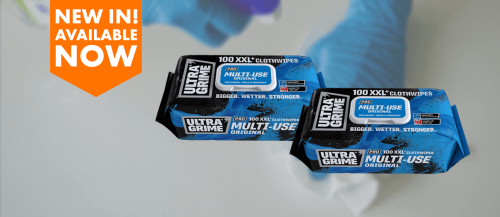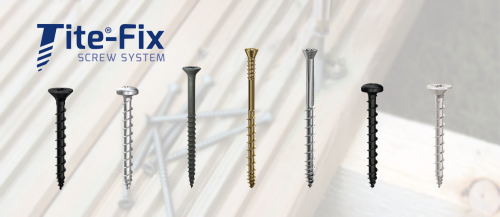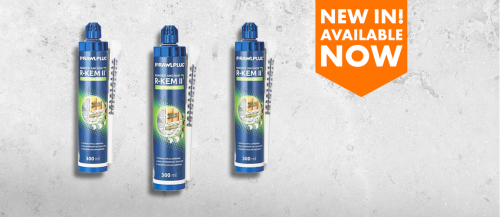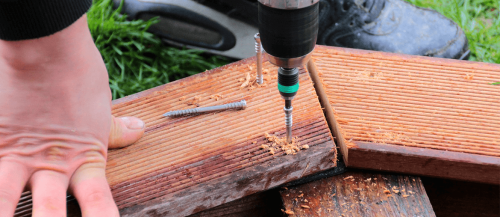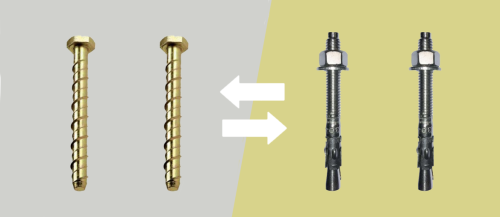This site uses cookies to help deliver its services and analyse traffic.
Understanding Stainless Steel: The Differences Between 201, 304, and 316 Grades
When embarking on a new project that requires the use of stainless steel, it is important to understand the different grades available and their unique characteristics. As experts in the stainless steel industry, we have written this blog post to help you understand the differences between 201, 304, and 316 grades, all of which we stock on our website! Each grade has its own set of benefits and typical uses, which we will explain. By following this simple guide, you will be able to choose the most appropriate material for your construction, industrial, or DIY task when you shop at BS Fixings.
Grade 201
Characteristics
Composition: primarily made of nickel, manganese, and nitrogen, grade 201 has a lower nickel content compared to other grades. This generally makes it the most cost-effective option out of the three, making it a viable choice for projects that demand large quantities of stainless steel.
Properties: grade 201 offers a bright finish and is known for its formability and ductility, making it popular for projects that require intricate designs and shapes.
Common Uses
- Cooking equipment, utensils, and kitchen appliances.
- Piping and tubing for various construction projects.
- Automotive industry.
Our Bandfix® Stainless Steel Sign Banding Grade 201 is a very popular product amongst our customers, suitable for a range of banding and DIY projects.
Grade 304
Characteristics
Composition: this grade is an alloy of chromium (between 18% to 20%) and nickel (between 8% to 10.5%), making it highly resistant to oxidation and corrosion. Due to its composition, 304 is a very popular stainless steel grade, as it is ideal for both indoor and outdoor applications.
Properties: grade 304 is non-magnetic, weldable, and impressively strong, ensuring structures and projects will last for years.
Common Uses
- Kitchen equipment like sinks, saucepans, and cutlery.
- Architectural panelling, railings, and trim.
- Chemical containers, including those transporting food and beverages.
Grade 316
Characteristics
Composition: grade 316 has a similar composition to 304, however, contains the addition of 2-3% molybdenum and a higher nickel content. This provides 316 with superior corrosion resistance, especially to chlorides and saline.
Properties: as a result of its formation, 316 is incredibly durable, being able to withstand high temperatures and is less prone to surface pitting.
Common Uses
- Marine applications such as boat fittings and structural components.
- Surgical instruments and pharmaceutical processing equipment.
- High-end watch straps and kitchenware.
Many of the products we stock are available in both 304 and 316 grades, so you can pick the most suitable type for your task. From wire and banding to screws and wall ties, the list goes on!
Understanding these three stainless steel grades is pivotal in ensuring the success and longevity of your project. Here are a few things to keep in mind when making your selection:
Environment: if your project will be near the coast or in a setting with exposure to high salt or corrosive chemicals, opting for grade 316 is wise. For interior projects or those with less exposure to corrosive elements, grade 304 should suffice.
Budget: if you're working within tight financial constraints but need the benefits of stainless steel, grade 201 might be the best choice.
Durability: if the project demands a combination of strength, durability, and corrosion resistance, grade 316 is unmatched.
Here at BS Fixings, we pride ourselves on offering a wide range of high-quality stainless steel products tailored to your specific needs. Should you require further guidance or have questions about the ideal stainless steel grade for your endeavour, our team of experts is always on hand to assist. Please contact us on 03330 117818 or email info@bsfixings.co.uk!
Latest from BS Fixings
Banish the Grime in a Swipe: New UltraGrime Pro Multi-Use Clothwipes!
At BS Fixings, we understand that when you’re knee-deep in your trade, the last thing you want to worry about is the mess. That’s why we’re excited to introduce a...
Continue readingIntroducing Tite®-Fix at BS Fixings
BS Fixings is proud to introduce yet another brand to our lineup - Tite®-Fix! This brand offers a range of high-quality screws designed for various applications, from tongue & groove...
Continue readingNew In! Rawlplug’s R-KEM2 Polyester Styrene-Free Resin
We're pleased to share something special with you – the Rawlplug R-KEM2 Polyester Styrene-Free Resin 300ml has just landed at BS Fixings! This ingenious resin is designed for use in...
Continue readingWhich Types of Screw are Best for Outdoor Use?
At BS Fixings, we understand the challenges posed by the great outdoors, especially when it comes to decking, fencing, installing outdoor ironmongery or even assembling garden furniture. That’s why we...
Continue readingHow Do I Choose the Right Size Drill Bit for a Wall Plug?
In this blog, we’re going to tackle another common question we hear in our community – how do I choose the right size drill bit for a wall plug? Choosing...
Continue readingWhat’s the Difference Between an Anchor Bolt and a Through Bolt?
When it comes to securing anything from the lightest of fixtures to the heftiest of machinery, the importance of choosing the right bolt cannot be overlooked. It’s the kind of...
Continue reading
